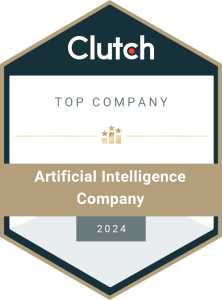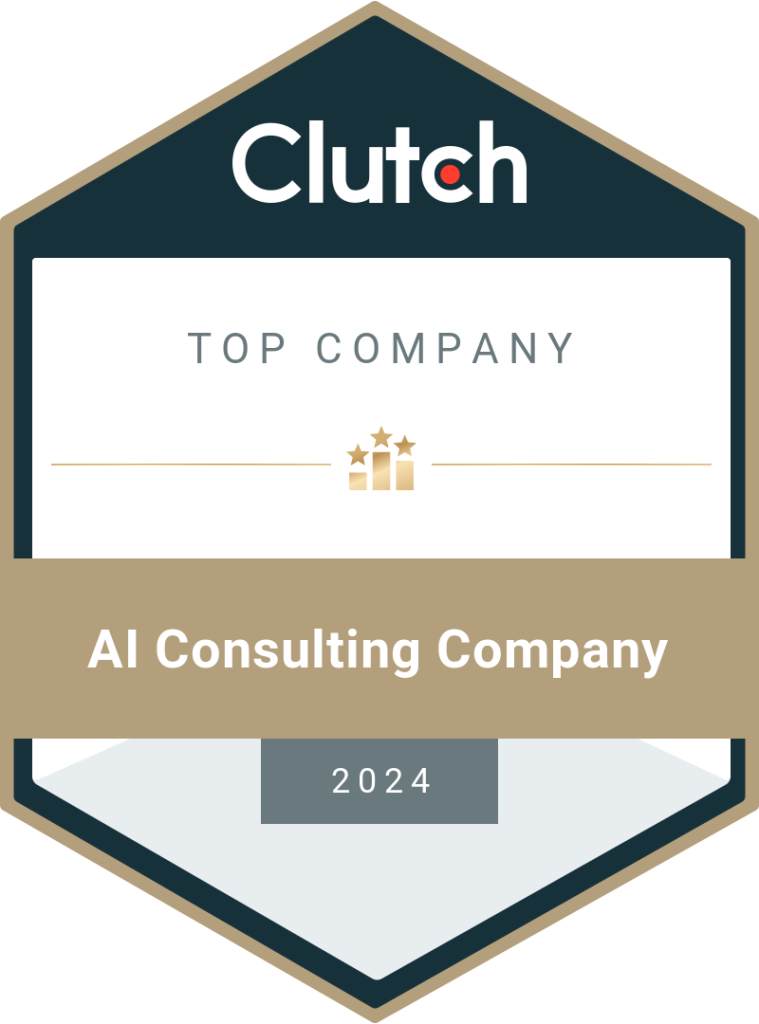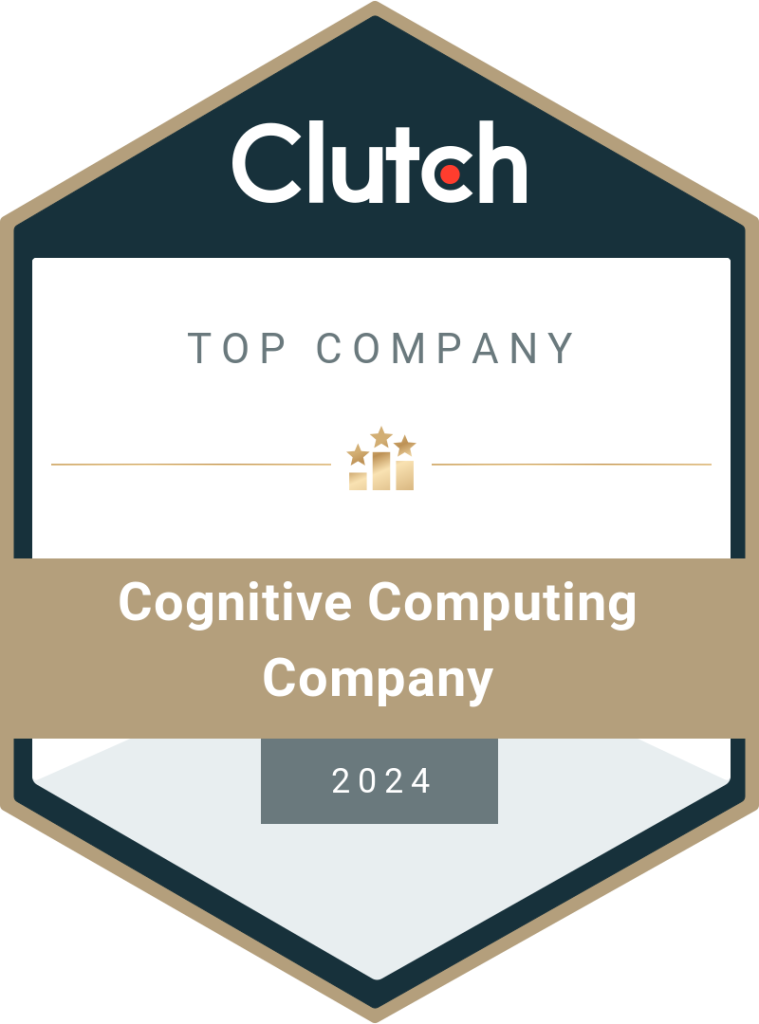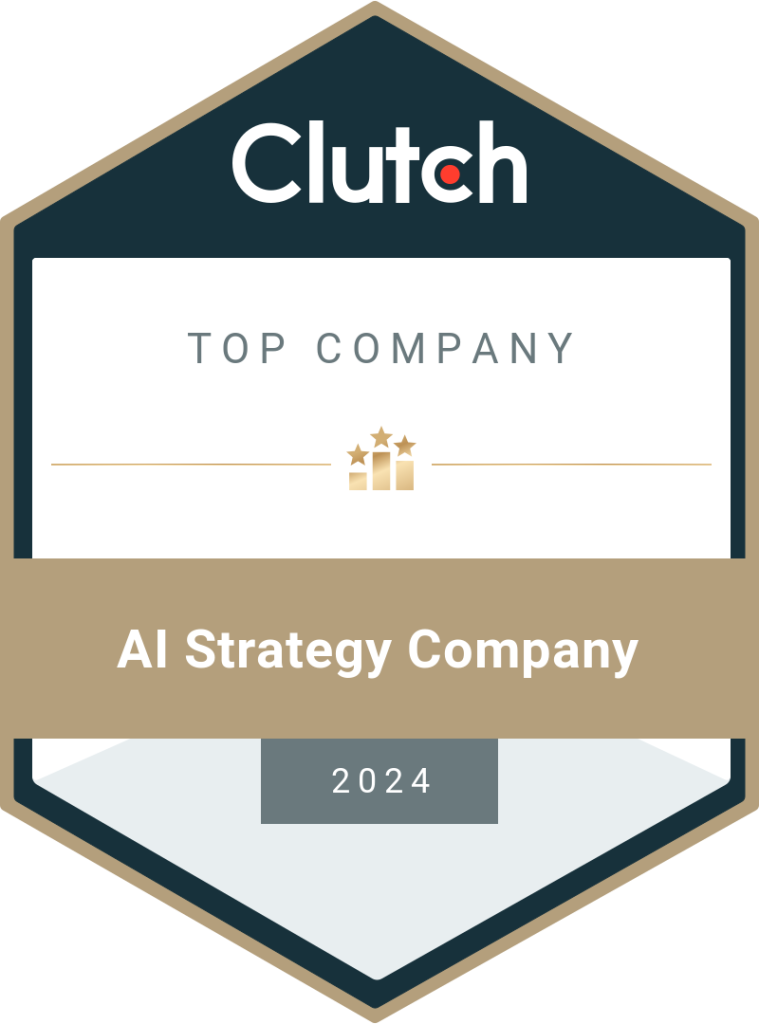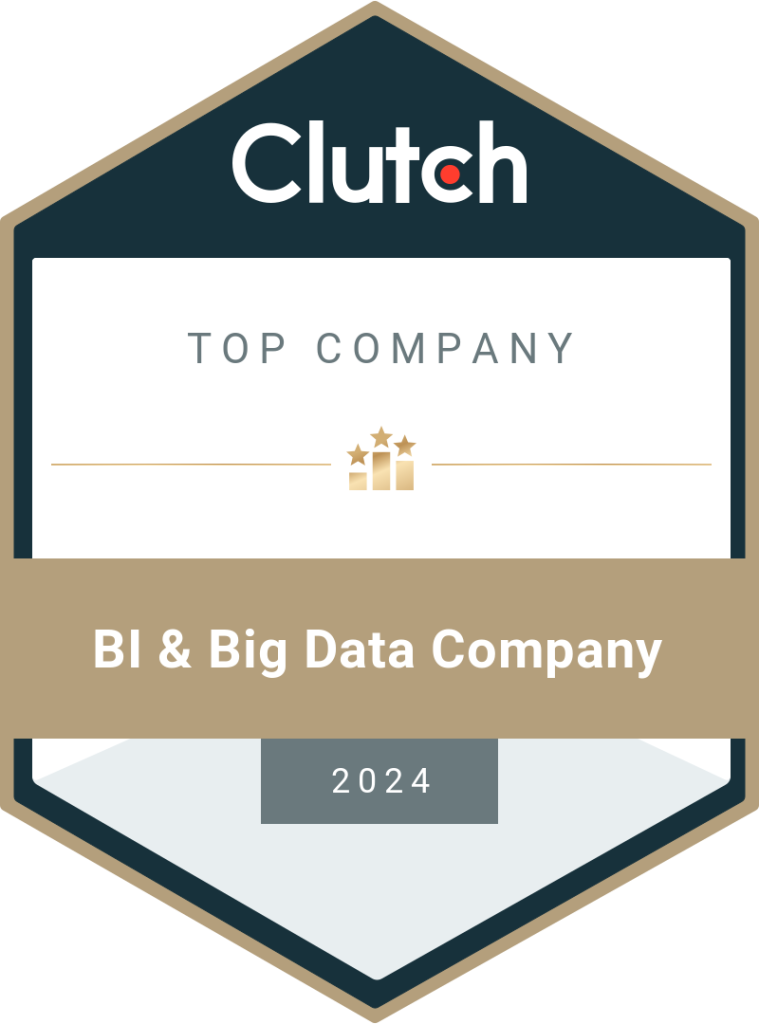Why Your Next Boardroom Pitch Needs a Power BI Dashboard?
Microsoft Power BI is one of the leading business intelligence tools in the market. Here, we’ll discuss the role of Power BI dashboards in presenting your ideas at the next boardroom meeting and how they empower the entire team of C-level executives within an organization. Microsoft Power BI is a go-to tool for various executives, middle managers, leaders, and decision-makers. Being among the top business intelligence tools, the platform is used across the enterprise at different levels, departments, and verticals. Statistics show that Power BI has over 30% market share in the analytics and BI platform usage segment. The USA contributes the most to the web version traffic, while Brazil and India are in second and third place. Around 72% of Power BI’s web traffic comes directly, indicating a strong brand presence and value in the global market. When you pitch an idea in a boardroom, pairing it with real-time insights and data visualization reports enhances the pitch and helps share your vision clearly with others. The Power BI executive dashboard is a great way to convince the investors, follow executives, and other stakeholders using data-driven reports. In this blog, we’ll read more about why a Power BI dashboard is a must for executives and top-level decision makers. We will also look at the main metrics or KPIs (key performance indicators) you should track via the Power BI dashboard. What is a Power BI Dashboard for Executives? A Power BI dashboard built for executives is a powerful tool with high customization to provide actionable insights and graphical reports on the micro and macro levels. It helps monitor crucial metrics like revenue, customers, market trends, employee performance, new profit, etc. This information allows C-level executives to make informed decisions about various aspects of the business. The data visualization dashboard simplifies the process of creating PPTs. You don’t have to manually create charts, graphs, tables, or maps. The dashboard is customized by the Power BI company to automatically convert the insights into easy-to-read reports with various graphics. Moreover, you can customize the visualizations in real-time and generate more reports in a few clicks. With a Power BI dashboard, executives can run advanced analytics to get meaningful and relevant insights into their queries and use this information to make proactive decisions. From product launches to research and development, talent management, sales management, and customer management, just about every aspect of the business can be analysed and improved using Power BI dashboards. Don’t just pitch an idea. Present your concept with clear and data-driven visualization reports to support your claims. Top Power BI Dashboards Used by Executives Whether you are a growing business or a leading multinational organization, the top-level executives have similar requirements in Power BI dashboards. These are a must-have for any business. Reasons to Use Power BI Dashboard in the Boardroom Power BI dashboard benefits are varied, as they help reduce inefficiency and mitigate risks while offering cost-effective means to strengthen the business processes and achieve your objectives. Power BI has become popular because of its versatility and ability to assist employees across the enterprise. It is a worthy solution for executives to use during boardroom discussions. Support Your Ideas and Pitches The one-size-fits-all model is no longer effective in our ever-changing business world. Executives and leaders often have to deal with issues like a lack of data, data overload, outdated reports, time constraints, truncated silos, etc., which makes it hard to use the business data to support their ideas and decisions. With Power BI, you can create custom data visualizations for executives based on insights derived from analyzing various datasets in real-time. The cloud-based version can quickly respond to queries and provide insights directly into the dashboard. Proactive Actions Businesses have to be agile, flexible, and scalable in multiple ways to make the most of market opportunities and avoid pitfalls. Sales and market forecasting, correctly interpreting the trends in historical data, predictive future outcomes, etc., are necessary steps to act before competitors. Even when it comes to resolving internal challenges, you should anticipate the problems and sort them out in the initial stages. Power BI dashboards give access to vital information that promotes proactive actions. You can come up with innovative ideas to tackle recurring concerns and strengthen your business. Resource Optimization Allocating and distributing resources is one of the major decisions the top executives have to make. How do you objectively decide where and how the funds, equipment, and talent should be channelled to achieve your goals? Using Power BI for business decisions helps in having a comprehensive view of the progress and requirements in each area. You can know whether resources are being underutilized in one department and how they can be diverted to create better opportunities for others. This results in effectively optimizing existing resources and making the most of them. Collaboration and Team Work The Power BI dashboard can be shared with various employees with varying access levels. The team members can read the insights, add suggestions, and interact with others through the same interface. This makes Power BI a great collaboration platform for executives to discuss important details, compare the insights derived by different departments, and work together to prevent miscommunication or delays. You can always have data and insights at your fingertips and access them from various devices, especially if you use the cloud-based version. Tangible Metrics and Monitoring As C-level executives, it’s vital to regularly ensure that the processes, ideas, and operations are aligned with your organization’s vision, mission, and objectives. For this, you can track the KPIs using Power BI dashboards and monitor the developments in real-time. Power BI consulting companies create custom dashboards to measure various metrics and share automated insights. This allows you to make timely adjustments or decisions to get things back on track if they don’t go according to plan. It is also helpful in identifying challenges and ways to overcome them. Understanding People People are an integral part of any enterprise. Be it employees, vendors,
Read More
